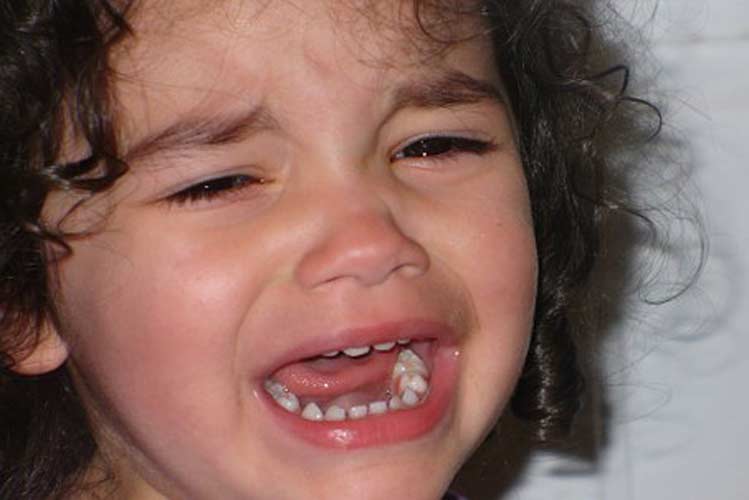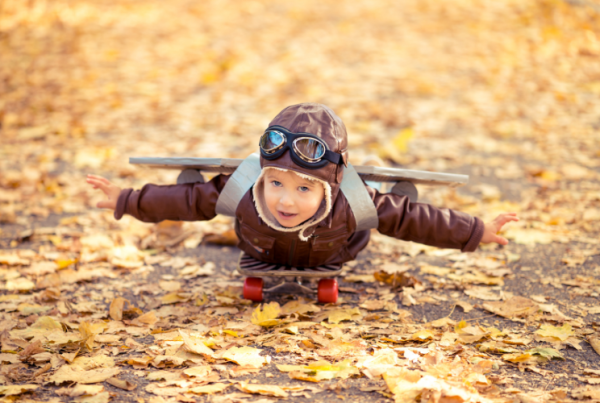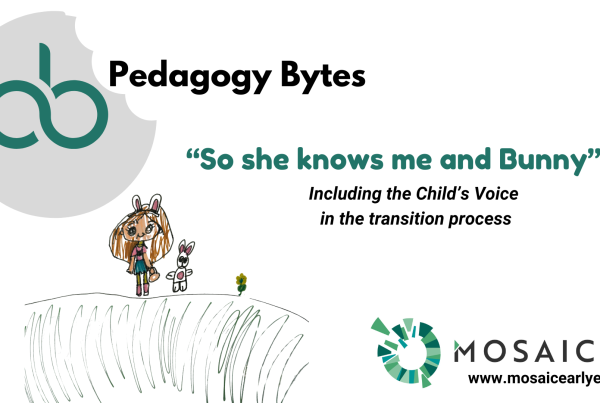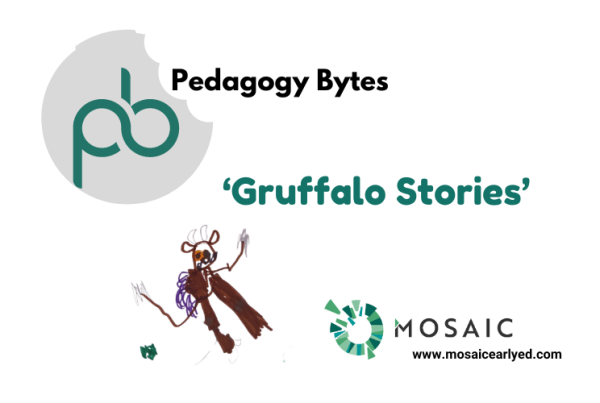It’s an uncomfortable reality of life with toddlers: Some of them bite other children. And it happens quite often.
Though not socially acceptable, biting is a normal behaviour among children under 3 years old. Younger children often bite when they are teething, overtired, jealous, frustrated, or angry. They can also bite simply see what happens when they bite, which is especially true of infants and younger toddlers, who may just be experimenting and exploring their world.
In most cases, toddlers bite because their language skills are still developing and it’s simply another way to express how they are feeling. Unable to quickly form the words they need to convey their thoughts, very young children may resort to biting as a way of saying, “Stop that!” or “I need some attention!
But for parents and Educators, it’s a big problem with potentially high-stakes consequences. Parents of a biter get embarrassed and worry what other parents will think. Educators worry about telling the parent of the child who has been bitten. And parents of bitten children get upset and worry about their children’s safety.
Some techniques have been found to work well with biting. In a nutshell? React quickly, turn down the anger, shame and embarrassment, and tune into toddlers on their own developmental level.
What do you do if a toddler bites?
As soon as a bite occurs, parents or educators should take the following steps:
• Separate the biter from the bitten child. Quickly defuse the situation that’s prompting the biting — for example, being jostled by others, trying to hold on to a favourite toy. Removing the biter from the source of frustration is calming and also helps the victim feel safe.
• Attend to the victim. At first direct their attention to the child who has been bitten. Toddlers often bite to receive attention. By comforting the victim first, you will be taking the first step in curbing the negative behaviour. Parents or Educators should also wash the affected area with cool boiled water.
• Be firm and calm. The adult should respond to the behaviour with a firm, “No biting!” Keep it very simple and easy to understand. By staying as calm as possible, adults will be able to resolve the situation more quickly.
• Redirect. Bites often occur when emotions and energy levels are running high, or if boredom has set in. When this happens, the adult should intervene and help toddles re-focus their attention on a positive activity.
How to work with the biter
Help the biter understand what emotions prompted the bite and how to handle them. Toddlers need adults’ help labelling their feelings and reacting appropriately to them. “An adult might say, ‘You look mad. It’s not okay to bite when you’re mad. It is OK to ask your teacher for help,’” She recommends using the word “OK” instead of “wrong” or “bad” because it makes the message informative, instead of disciplinary.
“These are small children with limited language who are usually just as frightened as the bitee. Adults need to use telegraphic speech — short and clear sentences — to help them make sense of the incident.
Early childhood settings can provide a cool-down or quiet place, where an adult takes the child to get settled. The child should remain there for one to three minutes (one minute for each year of age), where the adult can keep the teachable moment going.
“Give the child a minor command like, ‘Put the book back,’ and if they do, say, ‘That’s an OK thing to do. Well done you!’ This way, the child gets positive reinforcement and feels good going back into the play situation.”
How to console the victim
This is also a good time to talk about feelings and reactions with the victim and witnesses — a frank discussion of what can be done instead of biting helps to cut the probability that the victim will retaliate.
If the biter is older than 2, you might also advise the child to help comfort the victim, This helps teach empathy and also focuses attention on the victim, but should only be done if the victim and biter are open to it, and if an adult is present to ensure the victim’s safety.
Victims aren’t the only ones who need soothing: Parents of the bitee need reassurance that the biting is being taken seriously and dealt with. It also helps to educate parents about biting — that it’s part of a normal developmental phase before 3 years old and that it usually can be reduced through thoughtful intervention. However, he notes, if a child doesn’t respond to adults’ efforts and continues biting others after 3 years old, it’s time to seek help from a child psychologist or other professional specializing in children’s behaviour.
How to help prevent the problem
Adults should also strive to move beyond reaction mode; ultimately, you want to stop biting before it starts. Adults should pay close attention to biting circumstances to pinpoint what specifically seems to trigger bites — other children grabbing toys, perhaps, or the chaos and noise of snack/meal time. Once you know what prompts the biting, you can step in to ease the tension before it occurs.
Another trusty preventive technique is distraction: Small children will often forget they’re angry or frustrated if you just redirect them — and praise them for participating in new activities.
One intervention to absolutely avoid is biting children back, a technique some adults did in the past. Some thought that you could discourage biting by showing kids just how much it hurts. “But, really, what biting back does is model the very behaviour you’re trying to extinguish. Children this age are sponges for various types of social learning, and they don’t yet have the problem-solving and social skills to avoid biting. It’s up to adults to show them the right ones.”
Ref: Murray Law, 2007




